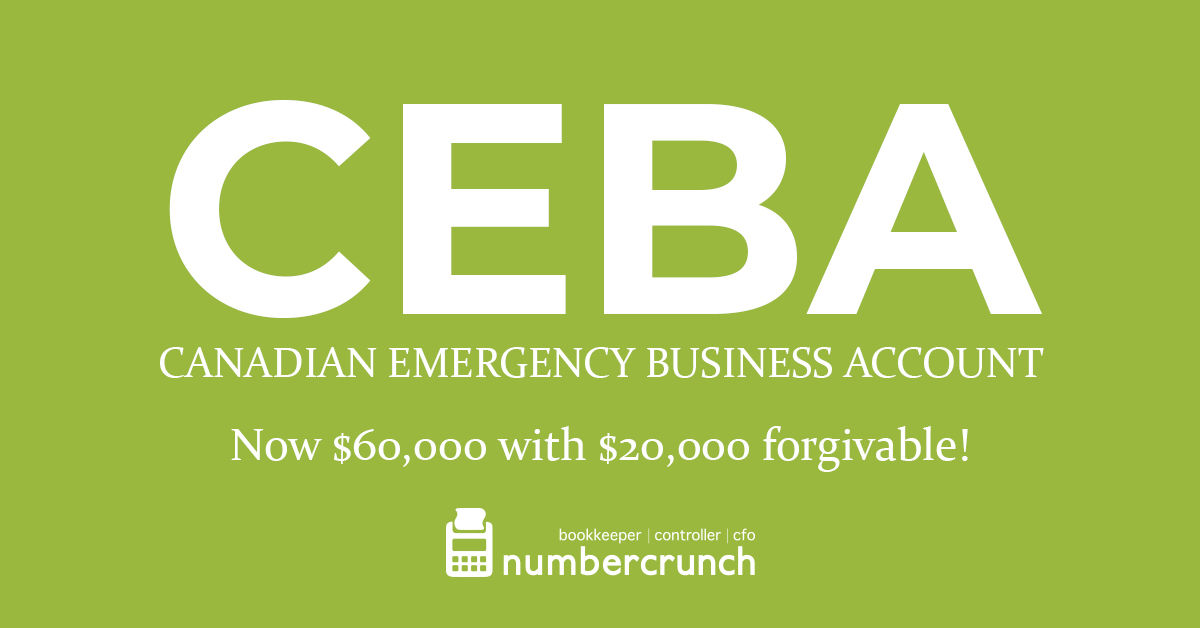Looking back, the Canadian Emergency Wage Subsidy (CEWS) was initially covering a period from March 15 – June 6th and then in May it was formally extended to August 29th to represent a 24 week program. At that time the government confirmed that the eligibility that was established for the first 3 months would be extended for the 4th (the period from March 15th – July 4th).
Ongoing consultations have been held throughout the pandemic and the recent changes have been drafted to address the top concerns that were raised by the Canadian business community:
-
Cliff Effect: As business leaders pivoted and reduced the gap between this year’s revenues and last year’s there was an increasing worry that they would be disqualifying themselves from eligibility and essentially cripple their business in spite of their positive revenue navigation. The request from small business owners was to lower the 30% threshold which could continue to support businesses while encouraging revenue growth.
-
The 30% test: Some employers felt the 30% revenue decline test was too stringent. A business with a 20% revenue decline could, in many cases, not be sustainable for long keeping in mind that small businesses operate at a 5% profit margin and hold less then 60 days of operating cash on hand.
-
Timeline: With the smog of uncertainty still very much hindering visibility, business leaders were looking for the Government’s commitment to extend through the fall so that contingency plans could be viable. An explosion of unemployment is in nobody’s best interest.
-
Certain Sectors: Certain industries, such as the food service industry, have been hit harder than others. There is recognition that some employers will require additional support given the adverse impact.
The result is that CEWS will consist of two parts:
-
A varying base subsidy available to all eligible employers that are experiencing a decline in revenues, not just those meeting a 30% decline.
-
A top-up subsidy of an additional 25% for those most adversely affected.
So what do the numbers look like? The CEWS calculation variables break down in a few parts depending on the significance of the revenue impact. For businesses with revenues that are up to 50% of their comparable period here is what it looks like:
-
Weekly Maximum benefit: The weekly maximum benefit is going to be dropping each month so the math will vary each month. For periods 1 – 4 it was $847/month and for periods 5 and 6 it will be $677, and continue dropping each month until period 9 where it maxes out at $226/employee.
-
The Base rate: The base subsidy % (previously 75%) will be varying based on your business performance. The base rate will now be calculated based on the Period Rate and the Revenue Decline %. In Periods 5 and 6 the Period rate is 1.2X, in Period 7 it is 1X, in Period 8 it is .8X and in period 9 it is .4X. So if your revenues dropped by 20% in Period 5 your Base Rate would be 1.2 X 20% = 24%.*
-
Top-up rates for those most impacted: For those that experienced a greater than 50% 3 month revenue decline drop.
For those with bigger revenue drops there are top-ups and increased maximums to attempt to provide you with the increased financial supports necessary to keep you a going concern. I’m not able to summarize how much you can expect because the math is way more complex with multiple tables depending on 3 month and 1 month performance comparisons – but don’t worry if you need our support we’ll be able to run your numbers to help you determine your benefit.
* Worried that your subsidy will be dropping? For those who were counting on continuing to receive a 75% subsidy, the Government has proposed a Safe Harbour Rule to ensure that through August 29 (periods 5 & 6) employers would have access to a CEWS rate that is at least as generous as what they would have been eligible for under the initial CEWS structure.










